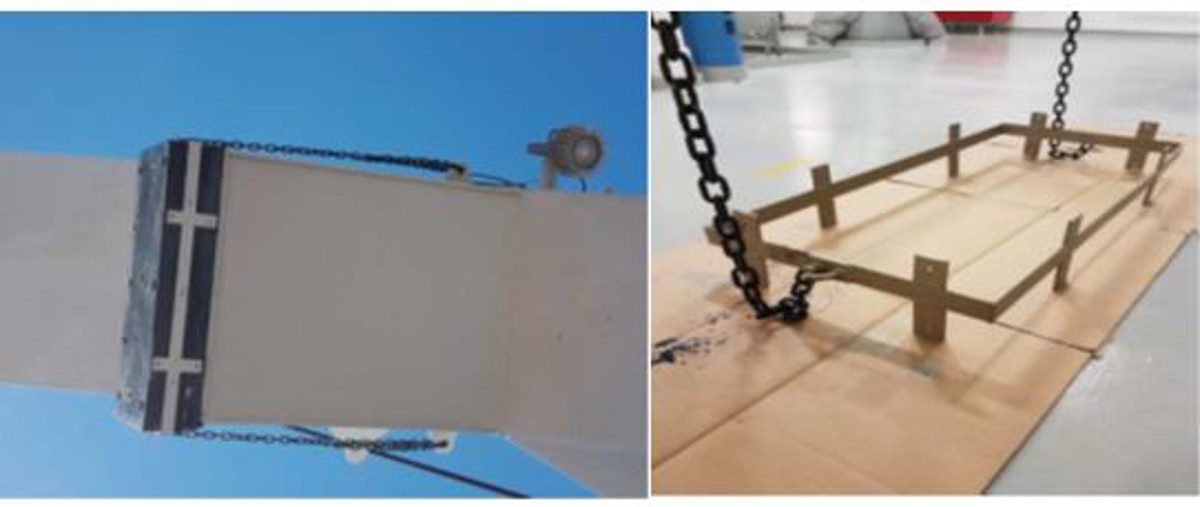High potential near miss: dropped object – buffer plate fell from crane boom
- Safety Flash
- Published on 23 August 2017
- Generated on 3 July 2025
- IMCA SF 21/17
- 2 minute read
Jump to:
During lifting operations with the main crane, a buffer plate fell from the crane boom.
What happened?
The buffer plate fell approximately 10 m, weighing 70 kg and was 90 cm x 40 cm. It landed inside the barriered off area on the back deck; there were no personnel nearby. Clearly this could have been a potential fatality had someone been struck by the plate. The purpose of the buffer plate is to be a buffer between the jib and the boom so the steel is not damaged.
What went wrong? What were the causes?
- The immediate cause was found to be that the bolts holding the buffer broke due to metal fatigue.
- The root cause was found to be inadequate or insufficient planned maintenance/inspection. Fatigue in the bolts had been allowed to develop over several years in operation as there had been no proper inspection of the bolts. It was not possible to see damage to the bolts during the visual inspections of the crane which were regularly carried out.

showing buffer plate and subsequent secondary securing chains
What lessons were learned? What actions were taken?
- The bolts used subsequently to re-attach the buffer plate were increased in size from M12 to M14.
- Secondary securing of the buffer plate was installed to prevent it from falling.
- On all the members’ vessels with similar cranes, the planned maintenance system was modified to include maintenance/inspection of the buffer plate including bolts.
- A DROPS check of all cranes was made in order to assess for potential dropped objects during operation.
Related safety flashes
-
IMCA SF 33/16
6 December 2016
-
IMCA SF 21/15
7 December 2015
-
IMCA SF 04/11
19 April 2011
IMCA Safety Flashes summarise key safety matters and incidents, allowing lessons to be more easily learnt for the benefit of the entire offshore industry.
The effectiveness of the IMCA Safety Flash system depends on the industry sharing information and so avoiding repeat incidents. Incidents are classified according to IOGP's Life Saving Rules.
All information is anonymised or sanitised, as appropriate, and warnings for graphic content included where possible.
IMCA makes every effort to ensure both the accuracy and reliability of the information shared, but is not be liable for any guidance and/or recommendation and/or statement herein contained.
The information contained in this document does not fulfil or replace any individual's or Member's legal, regulatory or other duties or obligations in respect of their operations. Individuals and Members remain solely responsible for the safe, lawful and proper conduct of their operations.
Share your safety incidents with IMCA online. Sign-up to receive Safety Flashes straight to your email.